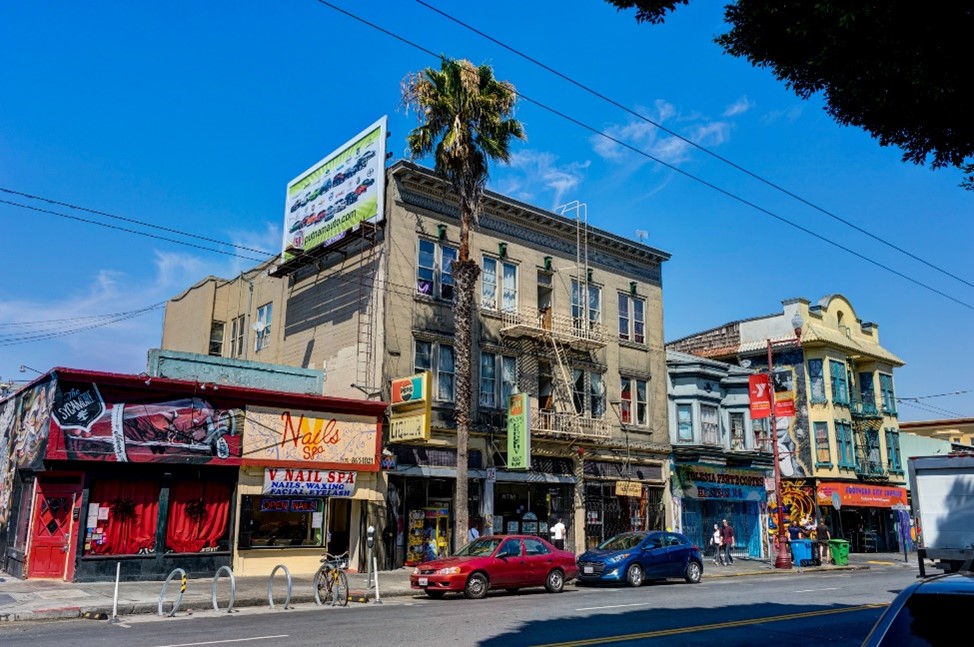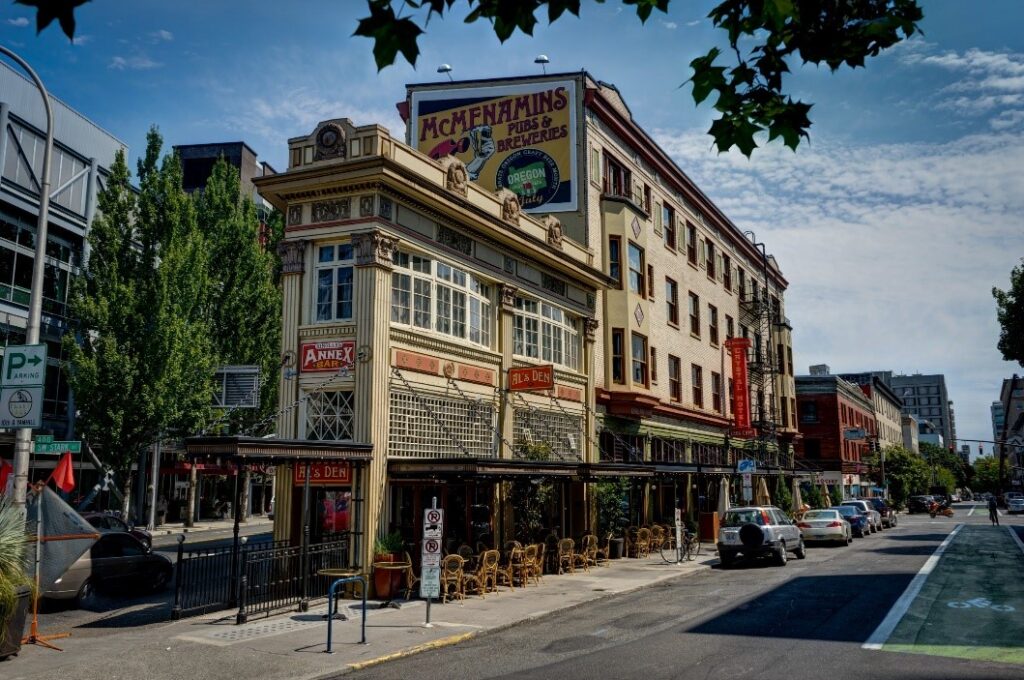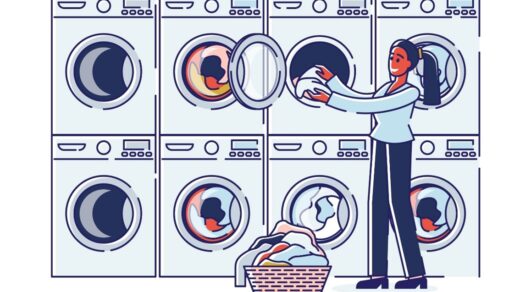
As communities evolve with modern society, mixed-use developments have grown in popularity in recent years. These developments integrate retail, residential, and office spaces within one building to allow residents ample space to live, work, and play. These flexible spaces offer a variety of businesses the opportunity to establish a retail space with a built-in audience. David Shulick takes a look at how these integrated spaces restore communities.
Mixed-Use Developments Explained
The University of Delaware notes that a mixed-use development is building or series of connected buildings, all pedestrian-friendly (i.e., within walking distance), that combine one or more of the following uses: residential, cultural, industrial, commercial, and/or institutional.
Urban planners design these to not only serve residents by providing housing but also to generate revenue for local businesses. At a time when people are fleeing cities in part due to the pandemic and the rising cost of living, mixed-use developments can provide an urban-like living environment in an otherwise suburban or even rural locale.
How Mixed-Use Developments Can Benefit Communities
The onslaught of COVID-19 proved the need for flexible retail and office options that can be available close to home. Commonly, these spaces offer better return on investment that single-use spaces, particularly as our culture faces a decline in city dwelling, in-person retail purchases, and full-time office work. These developments can keep communities thriving with their flexibility, 24/7 access, communal spaces, curated experiences, and resilience.
Examples of Retail Options for Mixed Use-Developments
The possibilities for retail businesses in mixed-use developments are endless. But some make more sense than others when it comes to taking advantage of the built-in audience of building residents.
Vended Laundry Facilities
Perhaps the most practical option for a retail space within a mixed-use development is a vended laundry facility. A business that offers self-service commercial-grade laundry machines will be a direct benefit to the residents of the development, not to mention other community members that might travel to the facility to use it too.
Gym and Exercise Spaces
Residents would benefit from exercising at a gym or other health and fitness business like a yoga or Pilates studio within the mixed-use development. Memberships could even be offered at a discount to residents to encourage their solicitation of the business. Plus, such exercise spaces offer a natural area for the community to socialize.

Restaurants, Coffee Shops, and Cafes
These spaces would see daily patronage from residents, particularly those looking for a quick bite to eat or easy place to meet up with friends close to home.
Art Gallery or Creative Space
An art gallery or other creative space like a pottery or glass-blowing studio would not only benefit from the built-in audience of the development residents, but also bring a much needed does of creativity and culture to the growing community.
Conclusion
The increase in mixed-use developments marked by the integration of retail, residential, and office spaces points toward a future that is more flexible, community-oriented, culturally conscious, and hopefully sustainable for generations to come.



